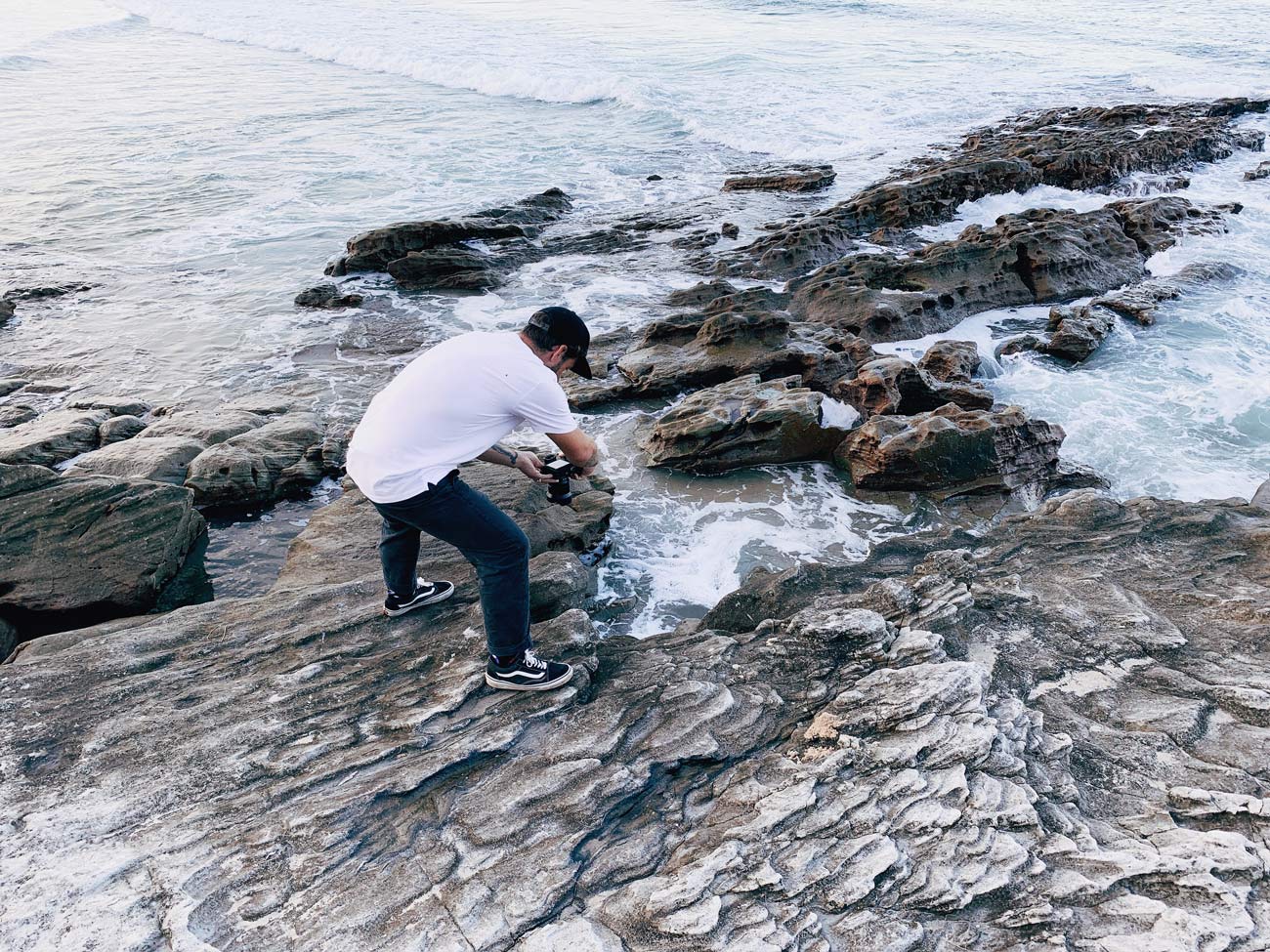A guide to your first camera: Part 2
In part 2 of my photography education series, I will help make the process of choosing your first camera easier. I will share with you tips, as well as a couple of camera options to kickstart your photography journey without breaking the bank.
However, if you have read Part 1 of my series, you already know that over the next few months I will be breaking down the creative process from start to finish and from a professional photography point of view. So, make sure you subscribe to Coastbeat to receive updates!
Let’s get started with a few points about phone cameras that you need to consider before buying your first camera.
Dedicated cameras vs. phone cameras
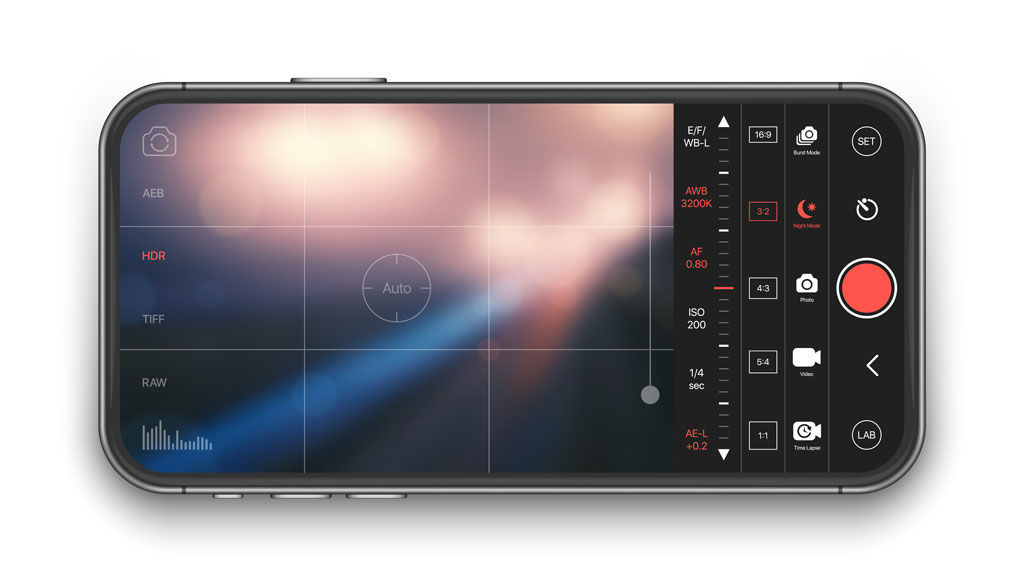
Well, there is no reason you can’t take photos using your phone. However, there are CORE reasons why I would suggest looking into a dedicated mirrorless body camera.
#1 Mirrorless cameras have a bigger sensor size
Size is everything–at least for image sensors. So, what is it and what does it do?
Simply put, image sensors have photosites that record the information a camera captures through its lenses. Therefore, a bigger sensor size – like the ones mirrorless cameras have – would mean capturing better information which then leads to higher image quality.
Thousands — if not millions — of smartphones have been sold by only promoting the increased number of megapixels. However, a higher number of megapixels does not automatically equate to better image quality. The image quality will depend on the balance between image sensor size, lens quality, photography skills, and TONS of creativity.
This is why before spending thousands of dollars on a new smartphone and getting sucked into the “Megapixel Myth” once again, I suggest looking into getting a mirrorless camera. Especially, if your goal is to capture higher-quality images.
#2 Mirrorless cameras perform better in low light
Always remember that the right lighting can take your photos from Nay to Yay.
While your camera phone works reasonably well in the wild outdoors, shooting indoors or when the sun sets can produce grain in your images resulting in a noisy and unclean shot. On the other hand, mirrorless cameras can adapt to all lighting conditions — including low light — because of the bigger sensor size.
#3 Dynamic range
In photography, the difference between the darkest and the lightest tones in an image, generally pure black and pure white, is called the “dynamic range”. A mirrorless camera’s maximum dynamic range capability is another thing that sets it apart from the market’s even most sophisticated camera phone.
From shooting in raw to moving onto the editing stage (model-dependent), a broader dynamic range will allow you to lift shadows and other details while still maintaining the image integrity.
For example, take a look at the before and after of a photo which I took with my mirrorless camera. You can’t achieve this with a phone camera.
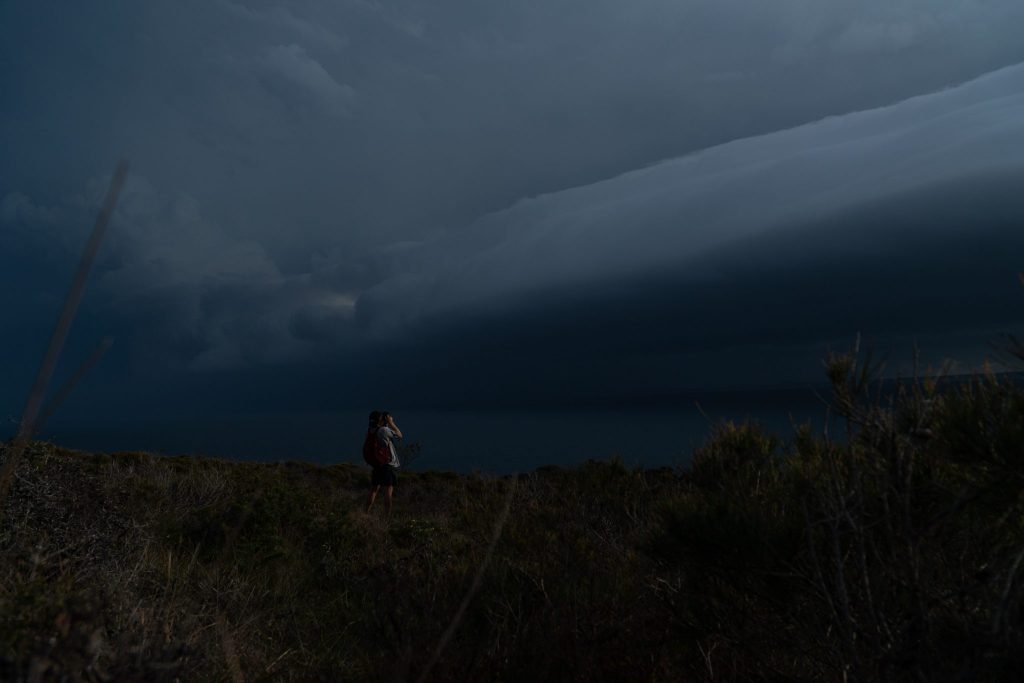
Before 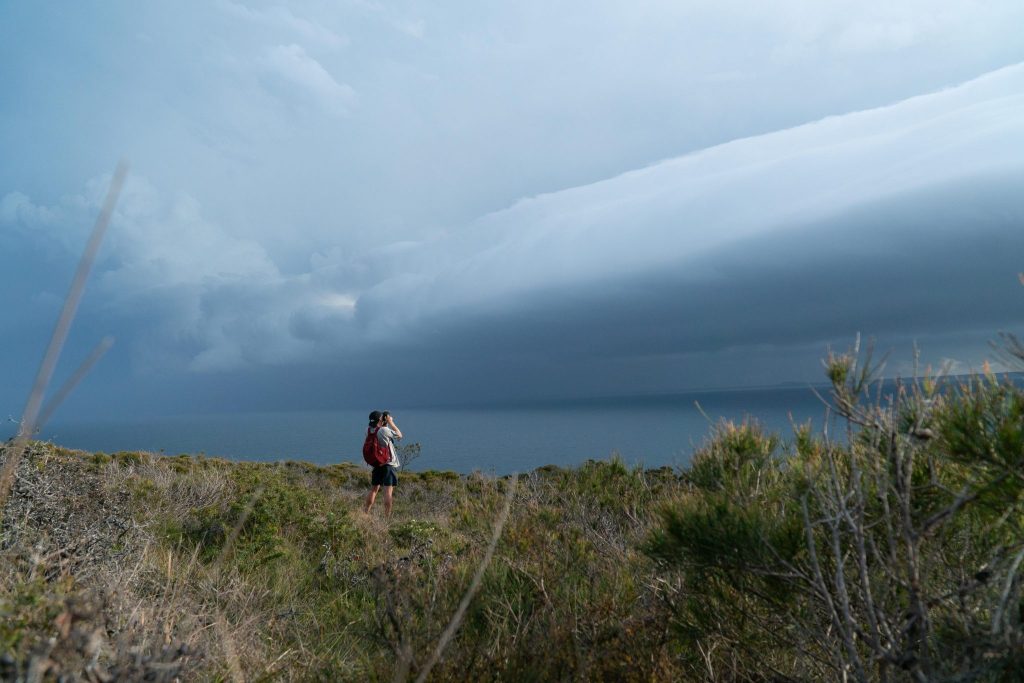
After
My current kit and why
I often get asked about my gear and why I use what I use. For me, each photoshoot is different, so I like to be prepared so I carry a relatively large range of lenses.
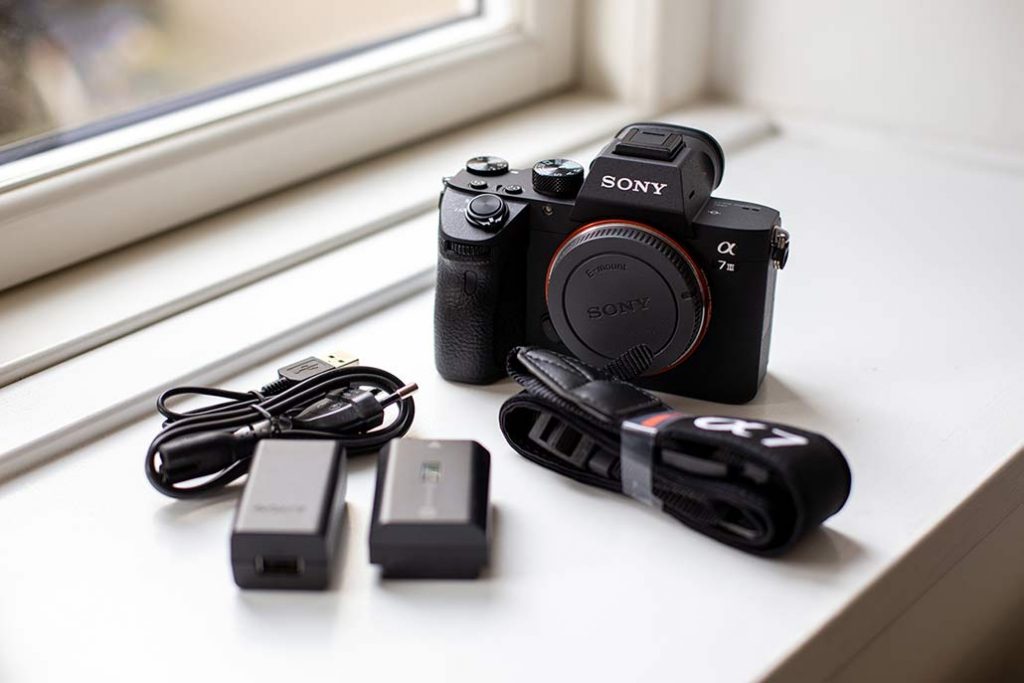
Sony A7RII 42.4-megapixel camera
This is a great camera body with a high megapixel count which allows me to capture strong detail. Additionally, it has the flexibility of 14 stops of dynamic range.
70-200mm f4 zoom lens
This is my telephoto lens and it’s great for shooting wildlife and sports. You can also look at some creative landscape photography using this lens. This has been a must for my kit since the beginning.
85mm f1.8 lens
This new addition to my gear has an amazing focal length. Having a wide-open aperture is great for lower light opportunities, and having this focal length makes it better in shooting portraits. This lens isn’t for everyone but I am a huge fan of the focal length.
35mm f2.8 lens
This has to be my favourite lens. I love it. It was one of my first purchases and the one I use a lot because I find 35mm is just a great everyday lens. I use it for a variety of jobs – from shooting food, landscapes, weddings, to even astro shoots. Additionally, having the 2.8 aperture is also great for low light opportunities.
28mm f2.0 lens
This is also a newer addition to my photography gear kit. The 28mm f2.0 has a great little body for weddings and events, and even street photography, when you want wide-angle views, but not too wide. Overall, this is a great multi-purpose lens.
14mm f2.8 lens
This is a very wide-angle lens that I bought specifically for my astro shoots. However, it can be used for some creative abstract works or even shooting flowers.
Mavic Air Drone
Having a drone is not essential but it is something I enjoy doing in different conditions. Being able to have that bird’s-eye perspective is a great bonus when I am out shooting.
Extras
I carry 4 batteries at all times, a few polarizers (these are great for cutting glare out of shoots), as well as 4 memory cards. Having these extras gives me more confidence if something malfunctions or a shoot continues longer than I originally planned.
Note on zoom lenses
You might have noticed that most of my lenses are not capable of zoom. Lenses without zoom capabilities are called prime lenses which means they have a set focal length. As a result, prime lenses are often a lot sharper, and I have always preferred prime lenses in my kit.
What camera is right for YOU?
Every photographer is different so it all depends on what you’re looking to achieve.
So, where to start; what’s best for YOU? There are two directions you can head in: going down the route of an interchangeable lens camera body or a point-and-shoot.
Point-and-shoot camera
Points-and-shoots are great. However, keep in mind that once you buy it, you are unable to change the lens as it’s an all-in-one system.
Nevertheless, if you want to go in this direction, a really great all-round performer would be the:
SONY RX100 VII, 24-200MM ZEISS, 20.1MEGAPIXEL

This camera has been a big hit with all my students who bought it, as they have been astonished by its performance. Having the focal range from 24 through to 200, as well as the added bonus of 20 FPS, is a great inclusion for shooting sports and wildlife.
This would be my recommendation for someone looking to get into the camera world. It will provide you with an easy-to-use system that packs a real punch and is a big contender with high-end cameras.
In terms of cost, this little beast will set you back around $1,700.
Mirrorless interchangeable-lens camera
An interchangeable-lens camera body will allow for significantly more room for creative flexibility. However, it is important to note that this option can be a little more costly depending on your needs!
Here, you have to make a decision between APS-C (stands for Advanced Photo System Type-C) or a full-frame. This is in reference to the sensor size: APS-C has a smaller sensor, while the full-frame offers a larger sensor. The main difference between the two is light sensitivity. In other words, the bigger the sensor, the more light it will capture.
Generally, APS-C will be a little cheaper. However, if you want better image quality, a great all-round full-frame camera body would be the:
SONY ALPHA 7 III, 24.2 MEGAPIXELS, 10FPS
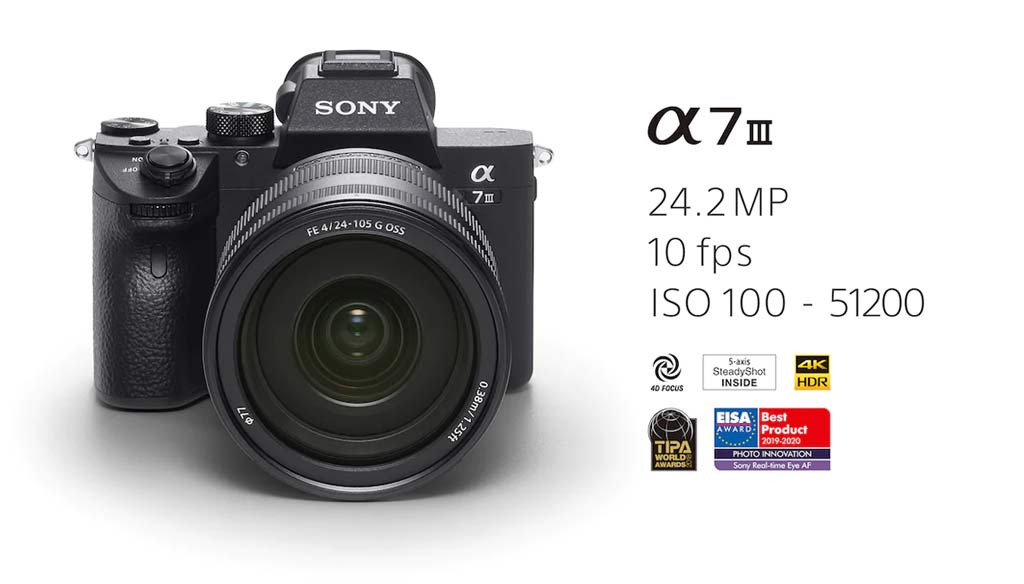
Now, Sony Alpha 7 III is an award-winning camera for a number of reasons. It is a full-frame camera with a high frame rate of 10 FPS, 24.2MP sensor and 15 stops of dynamic range. Moreover, the in-system Eye Autofocus for animals and people has revolutionised the way we shoot. This is a truly powerful camera for an entry-level photographer all the way through to professionals.
Overall, the Sony Alpha 7 III would be a great purchase for somebody who is looking at getting into the more serious side of photography. And if you pair it with the E-mount FE 24 –240mm F3.5-6.3 lens, you will have the versatility to shoot a wide variety of genres. You will get exceptional results for landscapes, astro, sports, events, weddings, as well as wildlife.
In terms of price, this combination here will cost you around $3,750.
Just a note: there are several models with different abilities and specifications. This camera recommendation is based on its all-round ability and performance.
A few additional things to consider before you buy your first camera:
Large prints
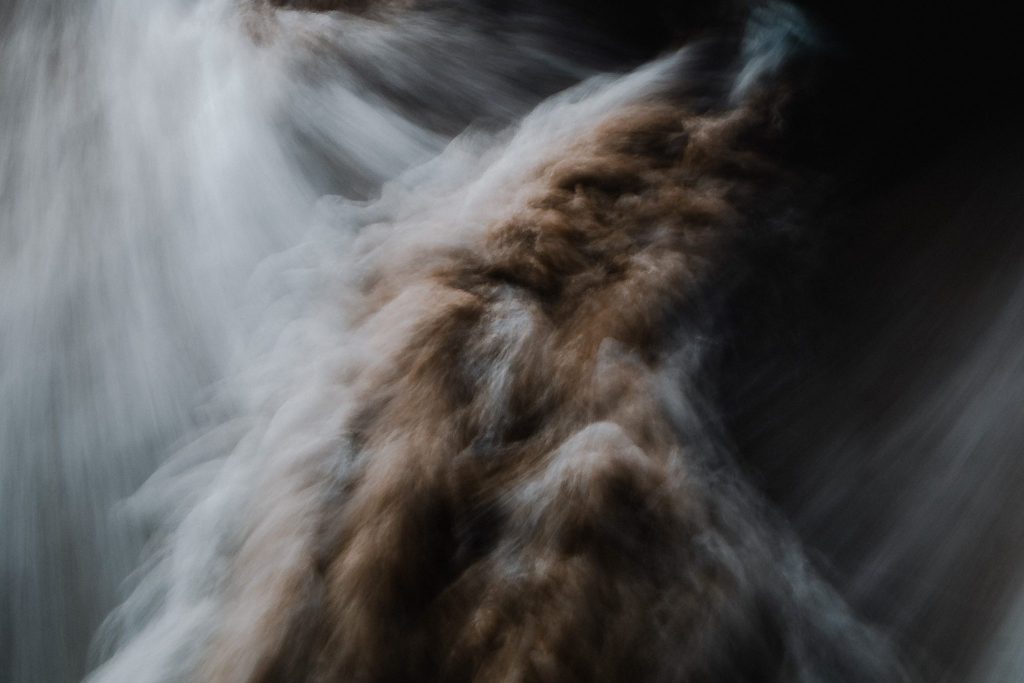
If you want to blow up pictures big and have lots of details, a camera with a high megapixel count is highly desirable.
Shooting sports
If you want to capture fast action like sports, action, and wildlife, a camera with the ability to shoot high FPS (frames per second) would be your best bet. FPS simply means: how many photos a camera can take per second.
Travel photography
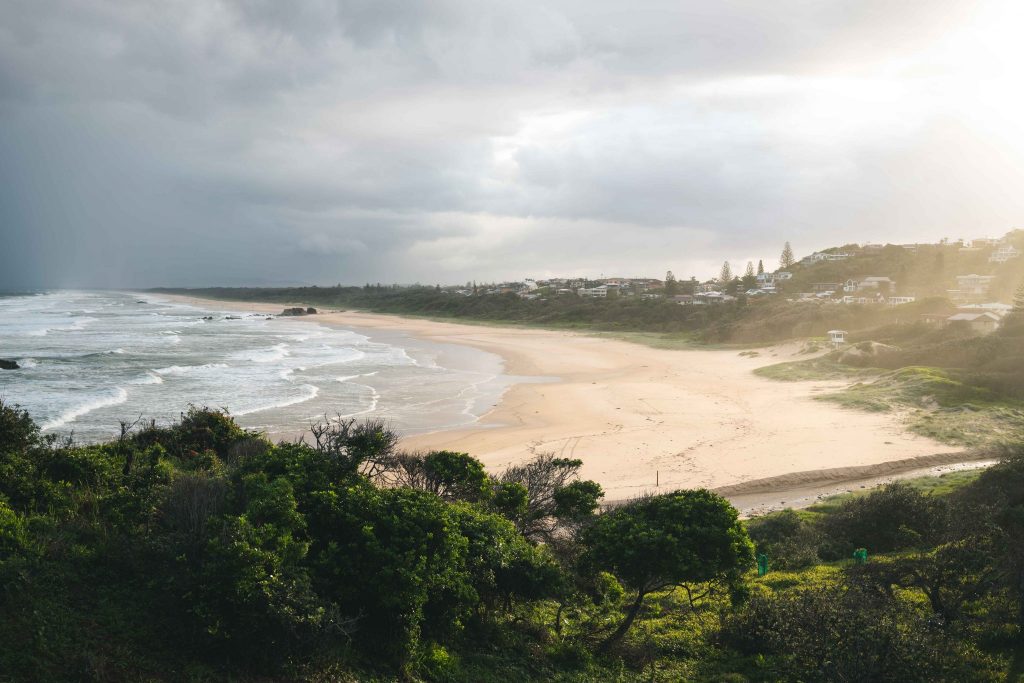
If you’re considering a camera to take on travels, you might consider a compact system that is light, small, and with less gear as this will be easy to travel with.
Conclusion
Research is the key to any purchase. Therefore, the more you research, the better the outcome will be. Just remember, it’s not the camera that makes great photographs, it’s the person taking them. The camera is just the vessel to achieve the desired outcome.
And if you still have any questions or you need help moving forward, don’t hesitate to reach out on Instagram or Facebook!
Upcoming topics
Getting ready for the field | Finding locations | Lighting and directions | Unique Composition | Editing and finding your style and other helpful hints along the away.

About the author:
Matt Gilligan is a freelance professional photographer based in Port Macquarie, NSW. He specialises in food, abstract landscapes, and editorial style images. Additionally, he is a photography educator and the newest contributor on Coastbeat, so make sure to check out all of his content.
If you can’t wait for the next part of his series, however, you can always book an one-on-one online session with him!


